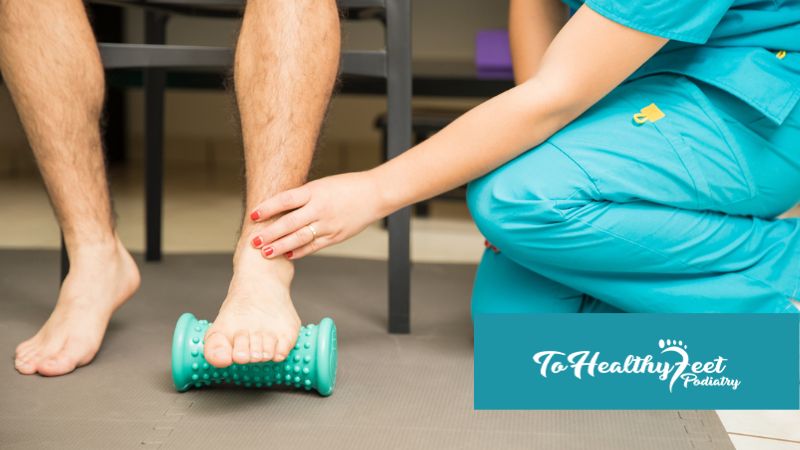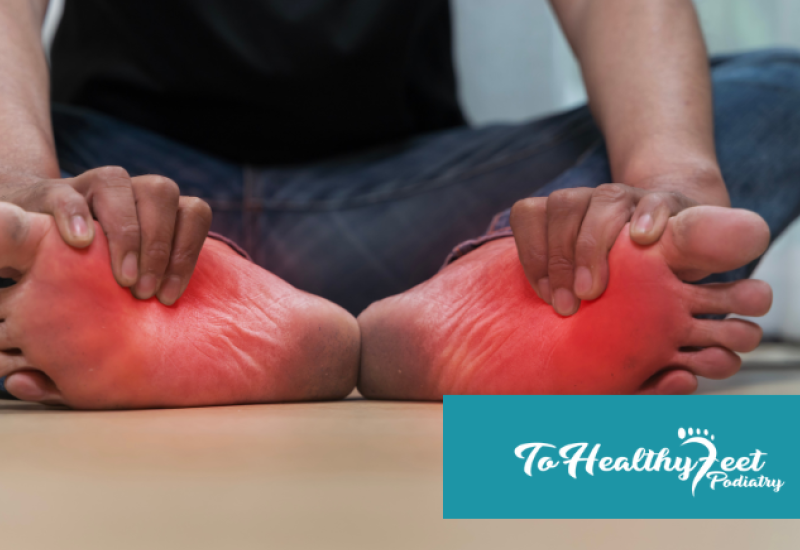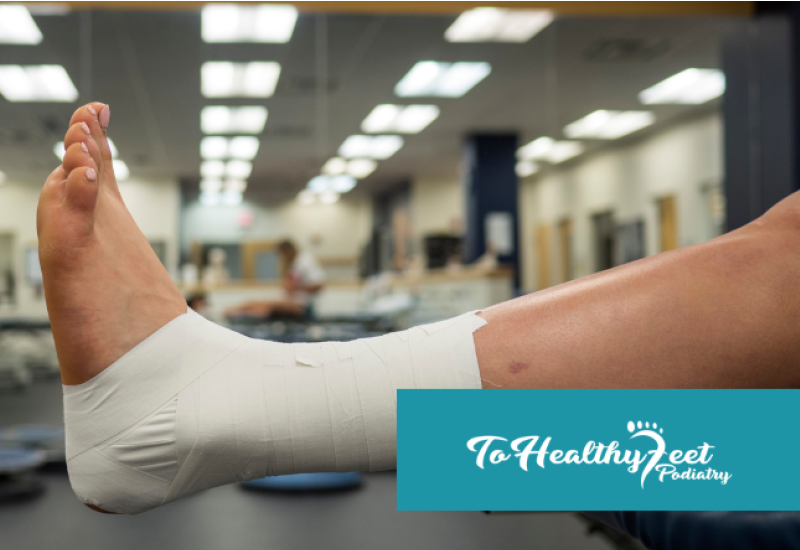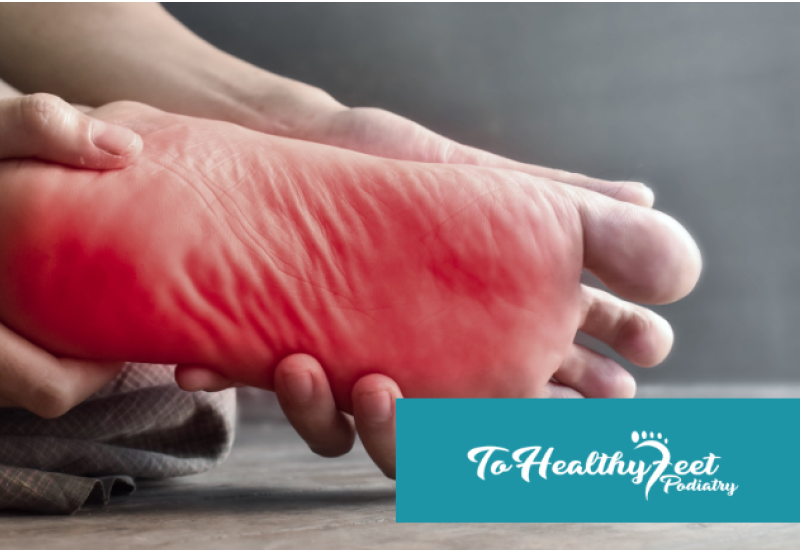Triathlons demand rigorous training and intense physical exertion, making athletes prone to various injuries, including plantar fasciitis. This painful condition affects the heel and the bottom of the foot, often sidelining even the most dedicated athletes. Understanding why triathletes are especially vulnerable to plantar fasciitis and knowing how to prevent it can significantly affect your performance and overall well-being.
1. Overuse and High Training Intensity
Triathletes typically undergo extensive training, which includes running, cycling, and swimming. The repetitive impact and high mileage, particularly from running, place significant stress on the plantar fascia, a thick band of tissue running across the bottom of the foot. Over time, this can lead to inflammation and pain.
Tip: Incorporate rest days into your training schedule to allow your feet to recover. Gradually increase your mileage and intensity to avoid overloading your plantar fascia. Mixing up your training with low-impact activities, such as swimming or cycling, can also reduce strain on your feet.
2. Improper Footwear
The right footwear is crucial for triathletes. Running in shoes that do not provide adequate support or cushioning can exacerbate the risk of plantar fasciitis. Shoes that are worn out or not suited to your foot type can lead to poor biomechanics and added stress on your feet.
Tip: Invest in high-quality running shoes that offer proper arch support and cushioning. Have your feet evaluated by a specialist to determine the best type of shoe for your foot structure and gait. Regularly replace your shoes to ensure they continue to provide the support you need.
3. Biomechanical Imbalances
Many triathletes have biomechanical issues such as overpronation (excessive inward rolling of the foot) or flat feet, which can contribute to the development of plantar fasciitis. These imbalances can put extra stress on the plantar fascia, leading to pain and discomfort.
Tip: Consider seeing a podiatrist or a physiotherapist for a gait analysis. Custom orthotics or insoles can help correct biomechanical imbalances and provide additional support to reduce the risk of plantar fasciitis. Engaging in exercises to strengthen and stabilize your feet and ankles can also be beneficial.
4. Inadequate Warm-Up and Stretching
A proper warm-up and stretching routine are essential for preparing your body for the demands of triathlon training. Skipping these crucial steps can lead to tightness and stiffness in the muscles and tissues, including the plantar fascia, increasing the risk of injury.
Tip: Prior to any training session, dedicate time to a thorough warm-up that includes dynamic stretches focusing on the feet, calves, and Achilles tendon. Post-training, perform static stretches to maintain flexibility and reduce muscle tightness. Incorporating foot-specific stretches, such as calf stretches and toe flexor stretches, can help keep the plantar fascia flexible and reduce strain.
Plantar fasciitis can be a significant setback for triathletes, but with the right strategies, it is possible to minimize your risk and stay on track with your training. By understanding the common causes of plantar fasciitis and implementing preventative measures such as proper rest, appropriate footwear, addressing biomechanical issues, and maintaining a good warm-up and stretching routine, you can protect your feet and continue to perform at your best.
Taking these steps will not only help you avoid the pain of plantar fasciitis but also enhance your overall triathlon experience. Remember, your feet are the foundation of your athletic journey—treat them with care, and they’ll support you through every race and training session. For more personalized advice and support, book an appointment with foot care professionals at To Healthy Feet Podiatry in New York. Your feet—and your future races—will thank you.
Written on behalf of To Healthy Feet Podiatry.
FAQs
Q: What role does footwear play in preventing plantar fasciitis?
A: Wearing the right footwear is crucial for preventing plantar fasciitis. Properly cushioned and supportive shoes can reduce stress on the plantar fascia. Triathletes should choose shoes that match their foot type and replace them regularly to maintain support.
Q: How can biomechanical imbalances contribute to plantar fasciitis?
A: Biomechanical imbalances, such as overpronation or flat feet, can increase stress on the plantar fascia, leading to plantar fasciitis. Custom orthotics or insoles can help correct these imbalances and provide additional support to prevent injury.
Q: What should I do if I start experiencing heel pain during training?
A: If you experience heel pain, it’s important to address it early to prevent worsening. Reduce your training intensity, apply ice to the affected area, and consider consulting a foot care professional at To Healthy Feet Podiatry for a thorough evaluation and personalized treatment plan.




